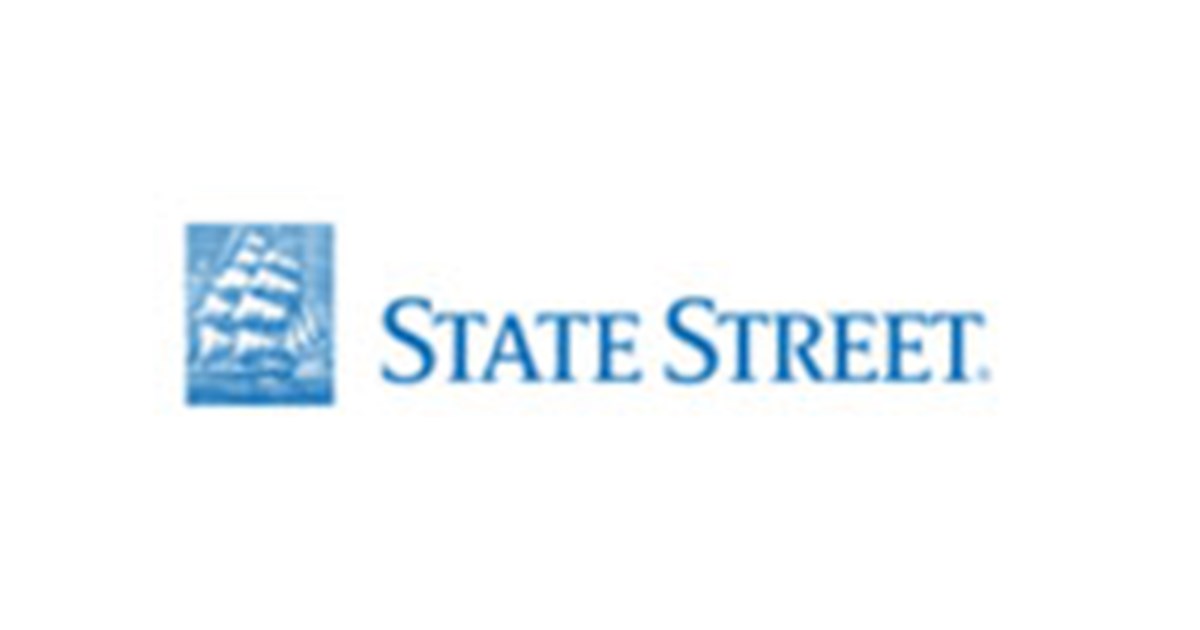Papers & Reports

The Global Minimum Tax and The Future of International Taxation
This article critically assesses the Global Minimum Tax, agreed upon by more than 140 countries and hailed as the most important reform of international business taxation in a century. While recognizing the political and technical achievement, it argues that the reform’s impact is mixed and that the international tax system remains fundamentally weak. The analysis attributes this to the policy itself rather than to flaws in implementation, emphasizing that layering a minimum tax onto the existing origin-based framework leaves intact the system’s incentive incompatibilities and destabilizing forces. By reinforcing this flawed foundation, the Global Minimum Tax not only limits its own effectiveness but also makes it harder to pursue alternative reforms that would break from the origin-based model. The article concludes that despite the celebrated breakthrough, the system continues to perform poorly and that more radical reform options are being sidelined.

Transparency, Trust, Transnationality, and Tax Compliance: Lessons from Google's Financial Reporting Practices in New Zealand
This article uses New Zealand to illustrate how tax transparency shapes public trust in government, the private sector, and among taxpayers, with particular attention to corporate income taxation of multinationals and its effects on voluntary compliance in an open-economy welfare state. The article analyzes the interaction of New Zealand’s tax system and financial reporting regime, alongside Google’s reporting practices, and identifies three structural weaknesses: poor coordination between tax and reporting frameworks, limited transparency in tax administration, and weak mechanisms for addressing distrust of multinationals. It concludes that reforms to strengthen disclosure and align regulatory structures are essential to protect the integrity of the tax system and voluntary compliance, offering lessons for other jurisdictions such as Canada.

Comprehensive Analysis of Tariff Effects on the United States Economy
This article provides a comprehensive assessment of U.S. tariff policies, tracing their historical evolution, theoretical foundations, and practical impacts. It shows how tariffs reshape trade flows, raise input costs, and trigger retaliation, with effects across manufacturing, agriculture, energy, and technology. Firm-level responses include sourcing shifts and supply chain reconfiguration, while broader outcomes appear in GDP, inflation, jobs, and investment. The study also highlights the role of market structure in shaping welfare effects and situates tariff design within political economy dynamics such as stakeholder influence and electoral pressures. It notes emerging patterns linking tariffs to geopolitical strategy and trade agreements, while stressing how policy uncertainty complicates supply chains. The paper concludes by pointing to future research on tariffs’ ties to innovation, the environment, and global governance.

The Effect of Third-Country Tariffs on Bilateral Trade
This paper develops a three-country theoretical model and uses highly disaggregated transaction-level data on South Korea’s imports to analyze how third-country tariffs influence bilateral trade flows. The study shows that while bilateral applied tariffs directly reduce imports, higher tariffs imposed on competing third-country suppliers divert trade toward the partner country, with the effect varying by preferential regime and the number of alternative suppliers. These results underscore that the trade consequences of tariff changes cannot be fully understood without accounting for third-country tariff schedules, a consideration especially relevant amid current U.S. proposals for broad tariff increases.

Real Effects of Earnings Stripping Rules
This study investigates the economic consequences of the European Union’s 2019 earnings stripping rules, which restrict interest deductibility based on a firm’s profitability under the Anti-Tax Avoidance Directive. The analysis shows that the reform reduced operational risk-taking, investment, and innovation, as profit-contingent deductibility diminished the expected debt tax shield in low-profit years. The negative effects are most pronounced for firms with higher pre-reform operating risk, which subsequently face slower growth and a greater likelihood of financial distress. The findings demonstrate that profit-linked interest limitations carry significant real effects, highlighting the need for careful rule design to balance anti-avoidance goals with the preservation of firms’ investment and innovation capacity.
Source: TRR 266 Accounting for Transparency Working Paper Series No. 210

No Trade Wars Without Taxation -Who's to Blame, and What Comes Next?
This article argues that trade wars should be understood fundamentally as tax wars, positioning tariff policy within the broader fiscal architecture of the U.S. tax system. Against escalating global economic tensions, it contends that tariffs, often framed as protectionist measures, actually reflect structural distortions in U.S. taxation. The analysis develops across three dimensions: reshoring production, promoting fair trade, and raising revenue. These show how tariff policy is intertwined with tax rules. Importantly, it challenges the conventional view that U.S. export mechanisms such as the Domestic International Sales Corporation, the Foreign Sales Corporation, and the Extraterritorial Income Exclusion arose as responses to European VAT border adjustments, arguing instead that they were designed to address deficiencies within the U.S. corporate income tax regime.

The Home Office as a Permanent Establishment: Legal and Practical Considerations
This paper examines the risks of creating a permanent establishment (PE) from work-from-home arrangements, focusing on the legal framework under Article 5 of the OECD Model Tax Convention and its commentaries. It analyzes case law across jurisdictions to show how tax authorities are interpreting PE rules in light of remote work and explores the practical and economic consequences of treating an employee’s home office as a PE. The paper concludes by proposing clarifications to the existing framework to better align with the OECD’s objectives and provide greater certainty for taxpayers and administrations in an evolving work environment.

The Boomerang Tariffs Effect on the U.S. Economy
This research develops the Boomerang Tariff Effect Simulator (BTE-Simulator), a novel model designed to assess how high tariffs, volatile oil prices, reduced labor supply under strict immigration policies, and declining productivity interact to accelerate inflation. Unlike traditional frameworks, the BTE-Simulator runs simulations across multiple tariff scenarios, offering policymakers tools to anticipate inflationary risks while designing strategies that minimize export losses, support sustainable growth, and preserve low inflation and unemployment. A central case study applies the model to the U.S.-China trade war, demonstrating its significant consequences for both countries and for global trade.

Crypto in the Shadows: Why Global Tax Systems Struggle to Regulate Digital Asset Conversions
This paper analyzes how the rapid rise of cryptocurrency markets is undermining traditional tax systems, with a focus on the challenges of regulating digital-to-fiat conversions. It identifies deep structural and policy gaps across major jurisdictions: the United States, European Union, United Arab Emirates, and Singapore—ranging from inconsistent asset classification and taxable event recognition to weak cross-border enforcement standards. The study underscores how decentralized finance (DeFi), peer-to-peer exchanges, and privacy technologies complicate tax compliance and facilitate regulatory arbitrage. Using insights from institutional economics and regulatory arbitrage theory, it critiques the limitations of emerging frameworks such as the OECD’s Crypto-Asset Reporting Framework (CARF) and the FATF’s Travel Rule. The paper concludes that without coordinated international standards, tax evasion in the crypto sector will persist, and it proposes policy reforms aimed at achieving equitable, technologically practical, and globally harmonized digital asset taxation that safeguards both fiscal integrity and digital privacy.

Allocative Justice as a Constraint on Fiscal Imperialism in International Tax
This article examines how states might equitably share tax revenue from cross-border activities that give rise to overlapping claims of taxing rights. It categorizes the prevailing normative perspectives into two distinct approaches. The first focuses on locating the economic factors that enable income production and allocating taxing rights proportionally to the degree of a state’s economic connection, thereby granting greater taxing rights to states more closely tied to the income-generating activity. The second, which draws on cosmopolitan distributive justice theory, views cross-border tax revenue allocation as a mechanism for redistributing resources from high-income to low-income countries to support humanitarian or developmental objectives. By distinguishing between these frameworks, the article clarifies the conceptual underpinnings of inter-nation equity debates and their implications for international tax policy.


































